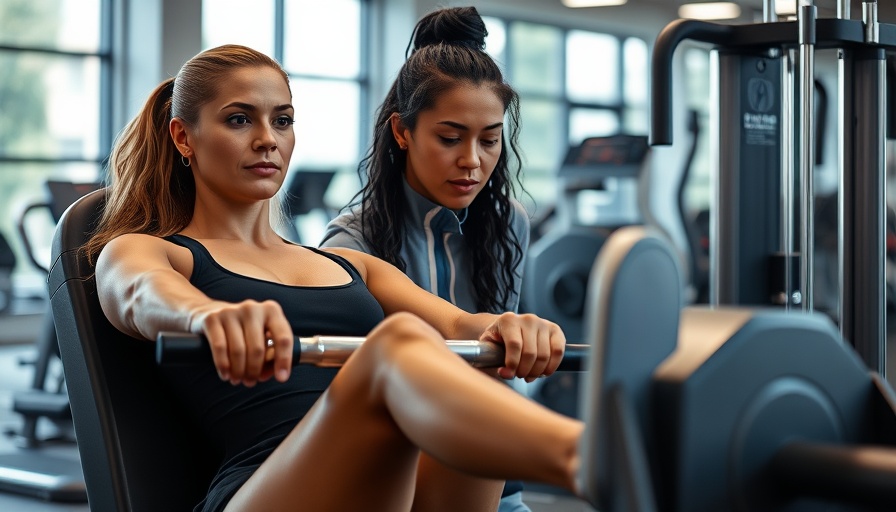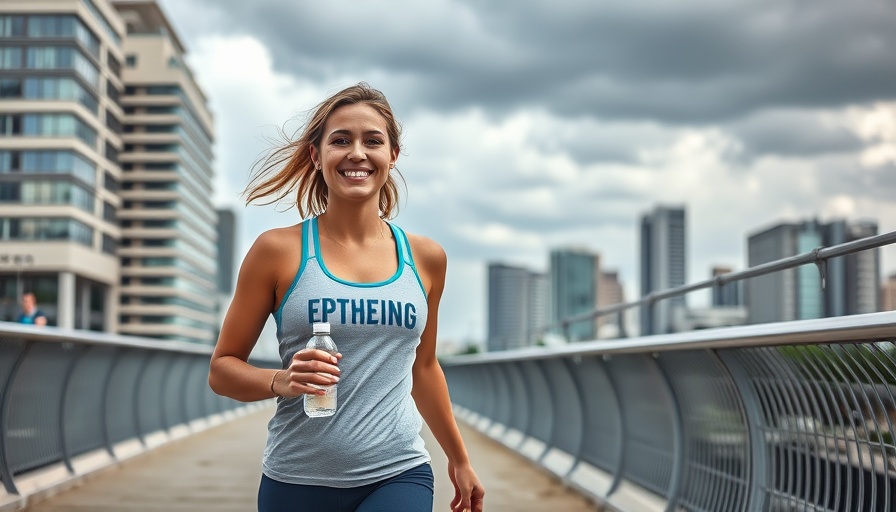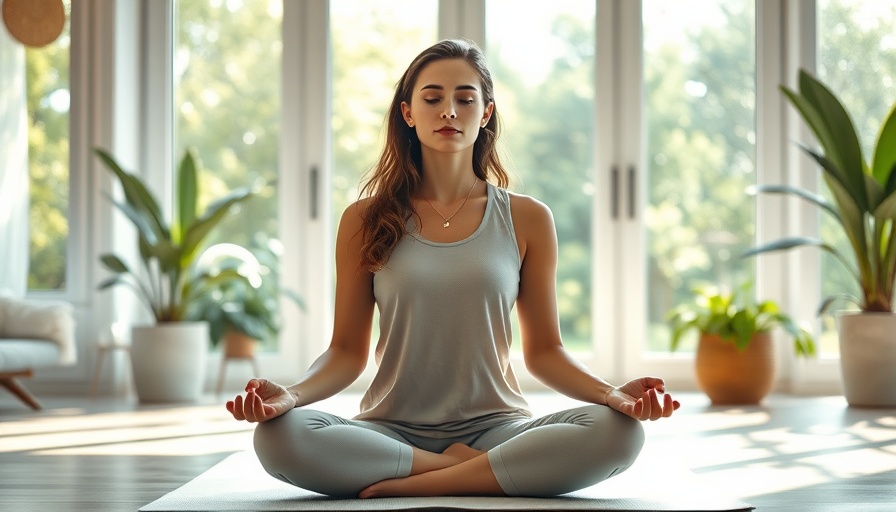
Redefining Leg Day: Alternatives to Machine-Dependent Exercises
When it comes to achieving strong, toned legs, people often gravitate toward machine-based exercises, like the leg extension. While these exercises can focus on specific muscle groups—particularly the quadriceps—they frequently overlook the importance of engaging multiple muscle groups for a balanced lower body workout. In this article, we explore ten effective alternatives to the leg extension that you can easily integrate into your home fitness routine, promoting overall leg strength while avoiding the risks associated with machine use.
Understanding the Leg Extension Exercise
The leg extension is a staple exercise that primarily targets the quadriceps—the prominent muscles located at the front of your thighs. To perform a leg extension, you typically need specialized equipment that might not be readily accessible for everyone. This exercise involves sitting and extending the legs against resistance, primarily isolating the quads for strength gains.
Benefits and Drawbacks of Leg Extensions
While leg extensions can improve muscle gain and knee stability, their isolating nature has significant downsides. One critical drawback is the increased stress they place on the knee joints, raising the risk of injury over time. Furthermore, by focusing solely on the front thigh muscles, leg extensions may lead to muscle imbalances, as they neglect the critical engagement of other key muscle groups such as the hamstrings and glutes.
Why Explore Alternatives?
Given the limitations of leg extensions, it’s essential to diversify your leg workouts. Engaging in exercises that target multiple leg muscles can enhance strength and stability while protecting your knees from undue stress. By incorporating a variety of movements, you will not only achieve well-rounded leg development but also reduce the likelihood of injury.
Top Ten Leg Extension Alternatives
Here are ten alternatives that provide a comprehensive workout for your legs:
- Bodyweight Leg Extensions/Sissy Squats: Kneel on a mat with your knees hip-width apart. Lean backward, hinging at the knees while keeping the body straight. This movement effectively targets the quads and engages the core.
- Squats: A fundamental exercise that works the entire lower body. Stand feet shoulder-width apart, squat down to a sitting position while keeping the chest lifted.
- Lunges: These can target various muscle groups. Step forward and lower your hips until both knees are bent at about a 90-degree angle.
- Step-Ups: Use a sturdy platform or step. Step onto the platform, driving through the heel to engage your quads and glutes.
- Deadlifts: Great for hamstrings and glutes. With feet shoulder-width apart, hinge at the hips while lowering a weighted object, and return to standing.
- Glute Bridges: Lie on your back with knees bent. Lift your hips toward the ceiling, engaging both the glutes and hamstrings.
- Lateral Band Walks: Using a resistance band, take steps sideways while maintaining a squat position. This targets the outer thighs and glutes.
- Single-Leg Deadlifts: Balancing on one leg, hinge forward with a straight back while extending the opposite leg behind you. This promotes balance and dual muscle engagement.
- Calf Raises: Stand on the edge of a step with heels hanging off, raising yourself up and lowering back down to strengthen calves.
- Wall Sits: Lean against a wall with your knees bent at 90 degrees. This static exercise engages multiple lower body muscles for endurance.
Building a Balanced Routine
The advantages of shifting away from machine-focused workouts extend beyond mere muscle engagement; these bodyweight and diverse movements can fit seamlessly into any lifestyle. Whether you’re a fitness veteran or just starting, integrating multiple alternative exercises can be transformative.
Conclusion: Take Action for Stronger Legs
Now that you have the tools and knowledge to cultivate a robust leg routine, it’s time to take actionable steps towards incorporating these alternative exercises into your regimen. Not only will you enhance lower body strength, but you’ll also foster better overall body mechanics while minimizing the risk of injury. Remember, having well-rounded lower body strength is more than just aesthetic; it's foundational for every movement in your life—from climbing stairs to running errands. Start your leg workout today by choosing just a few of these exercises!
 Add Row
Add Row  Add
Add 




Write A Comment